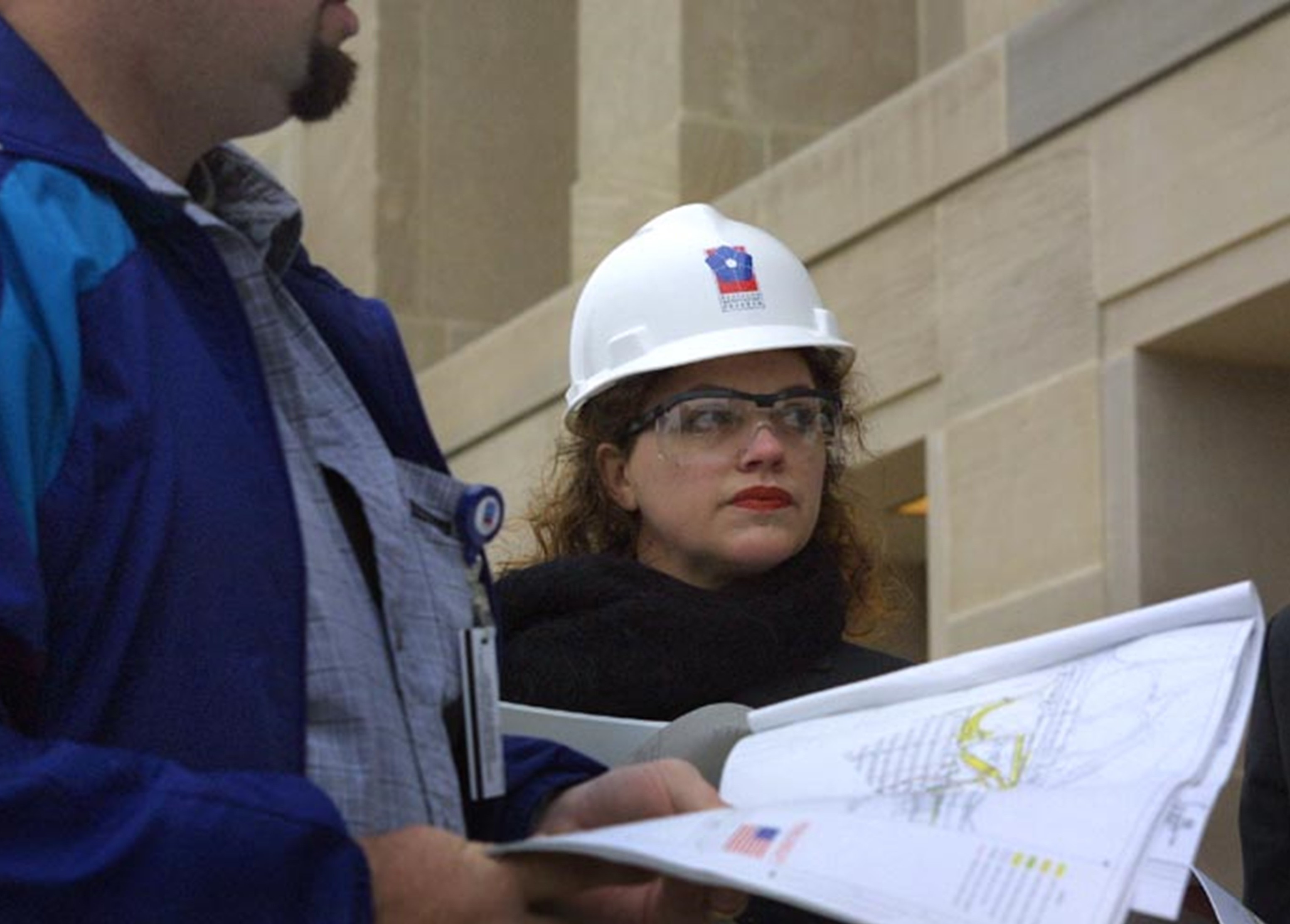News
Published 28 August 2024New Companion: Professor Jacky Bowring

Professor Jacky Bowring has been elected as a Companion of Royal Society Te Apārangi for her innovative career and scholarship in landscape architecture.
For four decades, Jacky has been bringing together scholarship, design practice, and design critique to connect knowledge and its application in the built environment.
While the scope of her work in landscape architecture is broad, Jacky has found meaningful focus in the design of memorials.
When reflecting on her career, Jacky says she began with studying geography at the University of Canterbury.
“I had been disappointed not to get accepted to a graphic arts programme I had applied for, so made a dramatic shift to study science. I loved it and flourished, developing the scientific part of my brain and an interest in academia.”
Jacky then discovered landscape architecture, thanks to a television programme on 18th century English landscape gardener, Capability Brown.
She explains that she was suddenly presented with a discipline that brought art and science together.
“Landscape architecture involves research into environmental issues, resonating with my love of geography, but it goes an extra step – it asks, ‘now what?’ This creative dimension, involving innovation and critical thinking, made up the missing piece of the puzzle.”
Jacky studied landscape architecture at Lincoln University and went on to practice in London for three years, working on projects, including a test track for the McLaren race car and the conservation of heritage landscapes. During this time, Jacky was introduced to cemetery design.
In 1997, Jacky returned to Lincoln University where she became the first person in Aotearoa New Zealand to be awarded a doctorate in landscape architecture from a New Zealand university, paving the way for landscape architecture to be recognised as an academic discipline.
In 2013, Jacky was appointed as a Professor at Lincoln University, where she still teaches.
Jacky is known for weaving the ideas of memory and landscape together through memorials, and her scholarship, including in two books: A Field Guide to Melancholy, and Melancholy and the Landscape: Locating Sadness, Memory and Reflection in the Landscape, both published in 2016.
Jacky is part of the all-female team enhancing the setting of the Kate Sheppard National Memorial, and won the inaugural Michèle Whitecliffe Art Writing Prize with a critique of memorials as public art.
Jacky has been involved in various memorial design competitions throughout her career, both as a judge and as a designer.
"One of the early competitions I was involved with was the Pentagon Memorial in 2002, where our team was one of six finalists from over 1100 international entries. The team decided I should be the one to go to Washington DC, and this became a valuable part of my journey in working with the families of the victims as well as the authorities involved in the site."

Jacky Bowring on site at the Pentagon, being briefed by US Army Corps of Engineers
Jacky says her inspiration in her career comes from recognising the potential for design to make a difference.
“This doesn’t necessarily mean making big changes to a landscape, and some of the most inspiring designs are those that work with very minimal means to effect positive change. In Aotearoa it has been inspiring to see the evolution of bicultural approaches to design, and the emergence of design expressions that are unique to this place.”
Jacky says an important driver for her has been the exploration of how landscapes can provide care and solace, especially in relation to memorials and cemeteries.
Jacky had strong involvement in the aftermath of the Canterbury Earthquakes. She contributed to the Christchurch Central Recovery Plan – a Canterbury Earthquake Recovery Authority document, published in 2015, that outlined a vision for central-city living, along with initiatives to stimulate the development of housing and communities to help central Christchurch to recover and thrive.
She also developed treatments for the sensitive sites where lives were lost in the 2011 earthquake and shaped the memorial competition that attracted over 300 entries from more than 30 countries. Jacky had a hand in writing the brief and judging the competition and was part of the design review panel that guided the memorial’s construction.
She has also contributed her skills as a landscape architect and memorials advisor for the Pike River Mine Disaster memorial landscape. She has given expert advice for other memorials including the Pukeahu National War Memorial Park, the Erebus Memorial and responses to the Mosque Attacks.
When looking to the future of her discipline, Jacky says cemeteries have potential to be more than monofunctional green spaces: “They can become sustainable landscapes through engaging with uses as varied as energy production and recreation, and this is an area which has an exciting future.”
She says landscapes of memory—including memorials, monuments and cemeteries—are vital components of our everyday environments.
“They are places where we can work through questions of reconciliation, equity, inclusivity, and identity.
“Memorials and monuments can provide the settings not only for remembering losses and commemorating events, but also to tell stories, stage debates, and creatively respond to our histories.”
Jacky says all these purposes are contributors to the wellbeing and health of our communities.
